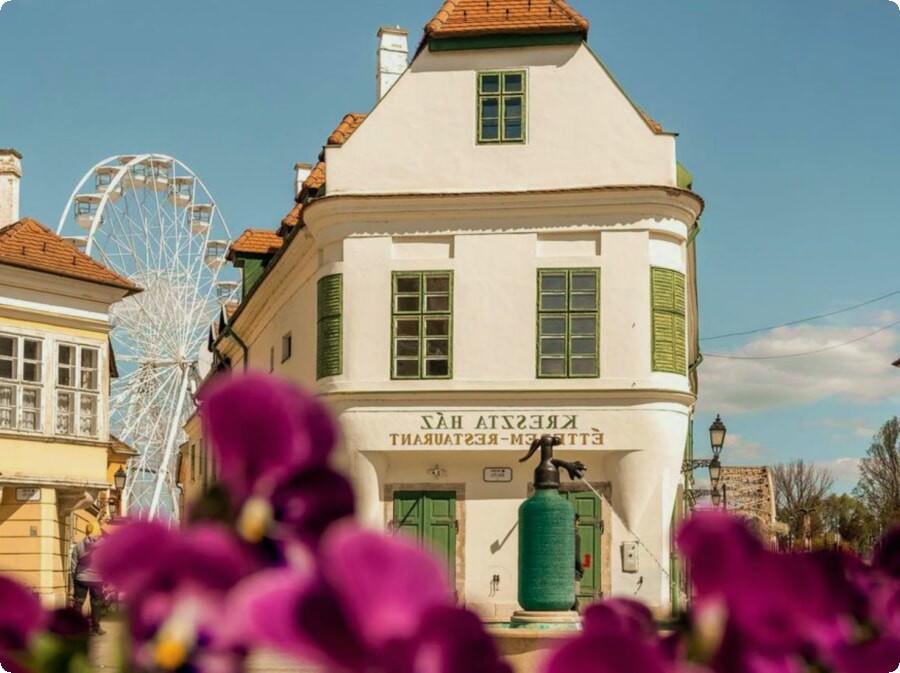Interesting places in Hungary
Hungary is a small (93,032 km) European country located on the banks of the Danube and the Tisza. It borders with Austria, Croatia, Serbia, Slovenia, Ukraine, Romania and Slovakia. It is a low-lying country, most of its area is below 200 m above sea level. The capital of the country is Budapest. The history of Hungary dates back to 896, when the Magyars arrived here. The fate of the state is a series of complex and often destructive events. However, Hungary offers many attractions and attracts tourists from all over the world. The tourist season in Hungary lasts from May to September, but you can successfully visit this country all year round.
Many tourists prefer to use car rental services in Hungary. The average cost of renting a car in Budapest is 16 euros per day, at Debrecen Airport the rental price is the same as in the city, although it is usually cheaper to rent at the airport.
The Hungarian summer is usually sunny and long, but that's when most tourists come. August 20, the Hungarians celebrate the feast of St. Stephen, which is associated with numerous concerts, shows and fairs. In this inland country is the largest lake in Central Europe - Balaton. This is an important tourist and recreational center - Lake Balaton is an excellent offer for fishermen and lovers of recreation near the water. In addition, in the immediate vicinity of the lake there are picturesque areas with vineyards. Also worth visiting is the Hortobágy Forest, the Aggtelek National Park, the beautiful and museum-rich Pécs, the baroque Győr city and, of course, the lively capital. The country is also known for its thermal waters. It is here that the largest thermal lake in the world - Heviz is located. This is a public healing bath, covered with lilac lotuses all year round.


Budapest is the capital of Hungary, which is rightfully considered one of the most beautiful cities in Europe. It is located on the Danube, dividing it into two distinctly different parts - the right-bank mountainous Buda in the Buda Hills and the left-bank lowland Pest. The city is one of the most important metropolises in Central Europe, as well as the eighth most populous city in Europe, which is very willingly visited by tourists, also due to its resort character. Here you can find balneological complexes that are popular, especially due to their use in the treatment of chronic diseases. Budapest is also a major cultural and scientific center.
Both Pest and Buda have been known together as Pest-Buda since the early 19th century. This order was due to the fact that Pest - the capital of the country - was then considered the most important city. The residence of the king was in Buda.


Castle Hill today is one of the main tourist attractions of the city. The Hungarian language does not like clusters of consonants that are difficult to pronounce, so the order was changed to a more convenient way of using - after the merger of the two cities in 1872, the form Budapest became the natural name.